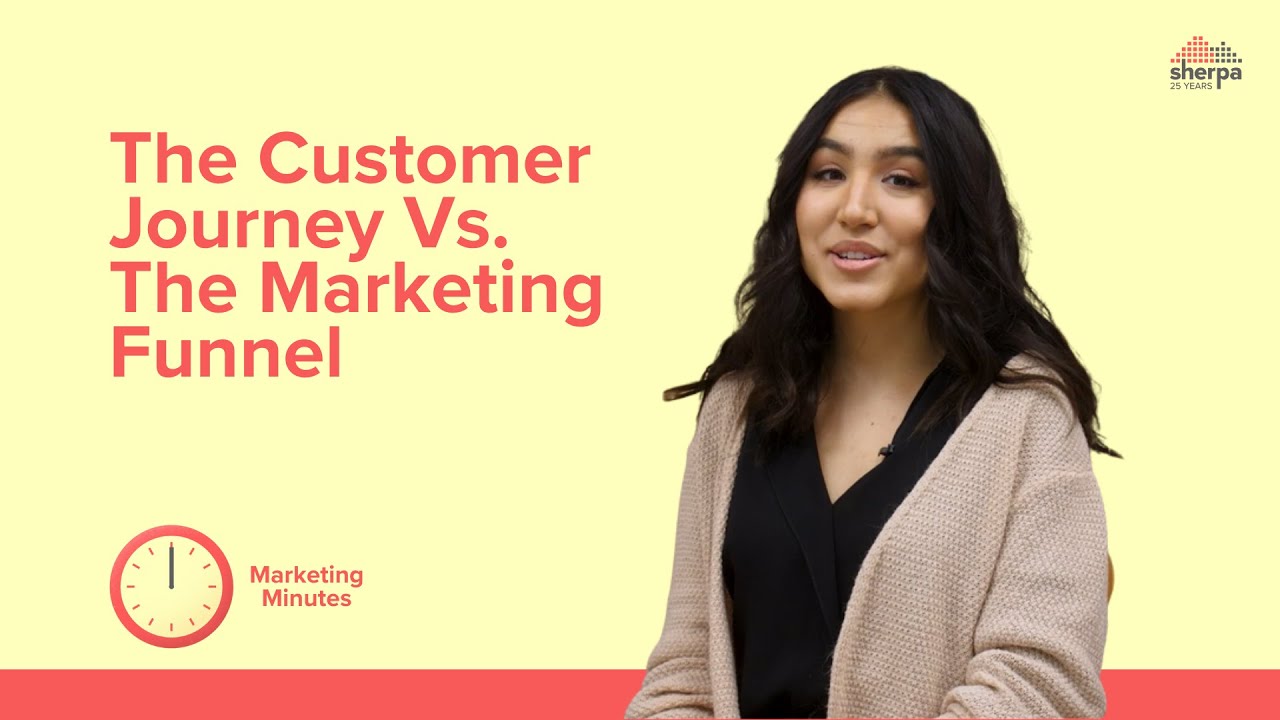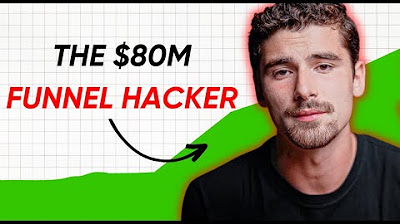Funnel Analysis 101 | Ujjwal Trivedi | Product Manager |Product Management | AntWak
Summary
TLDRThe video script explains funnel analysis as the customer journey through a product's lifecycle. It uses a software app as an example, detailing the typical steps a user takes from downloading, opening, signing up, verifying, and engaging with various features. The script highlights the common 'funnel' phenomenon where not all customers follow the same path, with many dropping off at different stages, illustrating the importance of understanding and optimizing the user experience to increase retention.
Takeaways
- 🔑 Funnel Analysis is a method to understand the customer journey through a product.
- 📲 Customers typically start their journey by downloading an app or software.
- 👀 After downloading, customers may open the app and explore its features.
- 📝 Some customers might require signing up to use certain features of the app.
- 🔑 The sign-up process often involves filling out a form and verifying their identity.
- 🚀 Post sign-up, customers may be prompted to engage with the first use case of the product.
- 🔄 Following the first use case, they might be guided towards subsequent use cases.
- 🌪 Not all customers follow the same path; some may drop off at various stages.
- 📉 The concept of a 'funnel' illustrates the decreasing number of users as they progress through the journey.
- 📈 The 'ideal journey' represents the full engagement with the product, but not all users complete it.
- 📊 The 'funnel' metaphorically shows the start with a large number of users and ends with a smaller, more engaged group.
Q & A
What is the main subject of the provided transcript?
-The main subject of the transcript is funnel analysis, specifically focusing on the customer journey within a product, such as a software application.
What is the initial step a customer typically takes when interacting with a new app?
-The initial step a customer typically takes is to download the app and then open it to explore its features.
What is the significance of the 'funnel' analogy in describing the customer journey?
-The 'funnel' analogy signifies the decreasing number of customers as they progress through the stages of the customer journey, with many dropping off at various points.
Why might a customer choose not to sign up after opening an app?
-A customer might not sign up after opening an app due to various reasons such as lack of interest, privacy concerns, or if they find the app too complex.
What does the transcript suggest about the customer journey being non-linear?
-The transcript suggests that not every customer follows the same path through the product, indicating a non-linear customer journey.
How does the transcript describe the process of a customer trying out different use cases of a product?
-The transcript describes the process as a sequence where customers might try out the first use case, then be prompted for the second, and so on, if they continue to engage with the product.
What is the purpose of the 'sign up' step in the customer journey?
-The 'sign up' step is crucial as it is where customers validate or verify themselves, allowing them to access more features and fully engage with the product.
What challenges does the 'funnel analysis' help to identify in the customer journey?
-Funnel analysis helps to identify where customers are dropping off in the journey, indicating potential areas for improvement in the product or the user experience.
Why is it important to track the entire customer journey from the perspective of product usage?
-Tracking the entire customer journey is important to understand customer behavior, identify drop-off points, and optimize the user experience to increase engagement and retention.
How can product teams use the insights from funnel analysis to improve their product?
-Product teams can use insights from funnel analysis to make data-driven decisions to streamline the user onboarding process, enhance features, and address any barriers that cause customers to drop off.
What is the ideal outcome for a customer journey as described in the transcript?
-The ideal outcome is for the customer to complete the entire journey, from downloading the app to fully engaging with all intended use cases, as this indicates successful product adoption.
Outlines

This section is available to paid users only. Please upgrade to access this part.
Upgrade NowMindmap

This section is available to paid users only. Please upgrade to access this part.
Upgrade NowKeywords

This section is available to paid users only. Please upgrade to access this part.
Upgrade NowHighlights

This section is available to paid users only. Please upgrade to access this part.
Upgrade NowTranscripts

This section is available to paid users only. Please upgrade to access this part.
Upgrade NowBrowse More Related Video

Customer Journey vs Marketing Funnel | Marketing Minutes

Life Cycle Assessment

How Iman Gadzhi Made a $80M Sales Funnel (Genius Strategy)

What are Funnels in Digital Marketing?।Funnels को कैसे Create करें? | Masterclass

PART 1 - PRODUK LIFE CYCLE : Tahapan dan Karakteristik Siklus Hidup Produk

DESCUBRA OS TRÊS NÍVEIS DO THE LINCHPIN: VOCÊ ESTÁ NO CAMINHO CERTO? — CORTES DO BRASÃO
5.0 / 5 (0 votes)